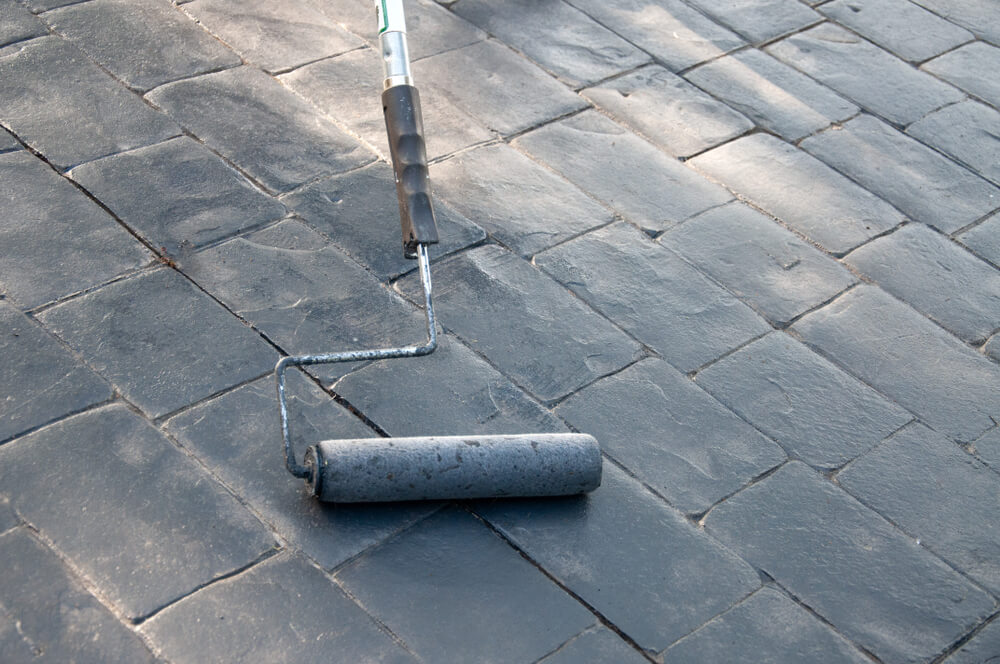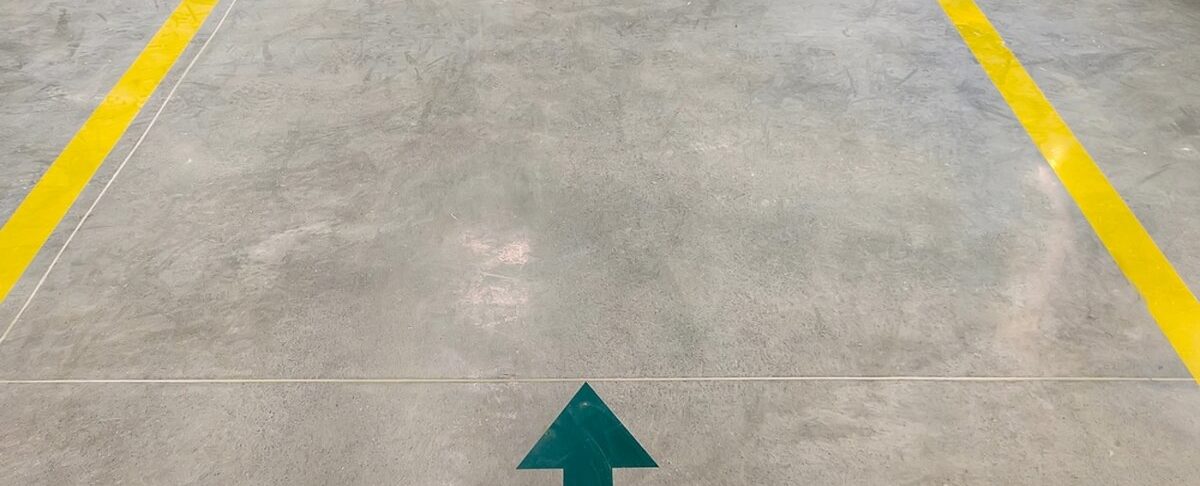Concrete floors are becoming more popular in residential and commercial spaces because of their durability, affordability, and modern aesthetic. But when it comes to finishing, you’ll often encounter two primary options: polished and sealed concrete floors. While they may appear similar at first glance, the processes, benefits, and ideal applications of each are quite distinct. Knowing the difference can help you make the best choice for your project.
Polished vs. Sealed Concrete Floors
Concrete floors can be finished in various ways, but the most common are polished and sealed. Both offer sleek, functional surfaces, but the results differ in terms of sheen, durability, and maintenance.
What Is a Polished Concrete Floor?
Polished concrete is exactly what it sounds like. It’s a concrete surface that has been mechanically ground, honed, and polished using progressively finer diamond pads. This process smooths the surface, making it dense and reflective. Polished floors can reach a mirror-like finish without any coatings, offering a sleek, modern look.
One key factor that distinguishes polished concrete from other types of finishes is that the shine and smoothness are achieved by physically refining the surface of the concrete itself. This means no sealants, waxes, or coatings are required to maintain its appearance. The concrete is typically treated with a densifier during the process, which helps harden and seal the pores, but it’s still not the same as a sealed concrete floor.
What Is a Sealed Concrete Floor?
Sealed concrete floors, on the other hand, involve applying a topical sealant to the concrete surface. After the concrete is cured and cleaned, a layer of acrylic, epoxy, or polyurethane is spread over the surface, creating a protective barrier. The sealant is designed to prevent moisture, chemicals, and stains from penetrating the concrete.
Sealed concrete floors are often chosen for spaces like garages, basements, and commercial areas because of their protective qualities. However, the finish tends to be more matte or satin than the glossy sheen you can achieve with polishing. In high-traffic areas, sealed concrete may require periodic resealing to maintain its appearance and protection.
The Differences Between Polished and Sealed Concrete Floors
Although polished and sealed concrete floors start with the same material, the finishing process and end results are quite different. Let’s break down the most important distinctions:
Durability and Maintenance
Polished concrete is incredibly durable because the process strengthens the concrete itself. Its hardness and resilience make it a popular choice for high-traffic areas such as retail stores, warehouses, and large public spaces. Plus, polished floors are low-maintenance. A simple dry mop or wet mop is usually all that’s needed to keep them clean.
Sealed concrete floors offer protection through the sealant, which acts as a barrier against spills, moisture, and stains. However, the sealant can wear down over time, particularly in areas with heavy foot or vehicle traffic. This means that sealed concrete floors may require resealing every few years to maintain their protective properties and appearance. This ongoing maintenance makes them slightly less durable in the long term compared to polished concrete.
Appearance and Finish
Polished concrete has a high-gloss, sleek appearance that can range from a satin finish to a mirror-like shine, depending on how many levels of grinding and polishing the floor undergoes. The result is a reflective, smooth surface that brings a modern and sophisticated look to a space.
Sealed concrete floors, on the other hand, are typically more matte or satin. While you can achieve a slight sheen with some sealers, they generally don’t have the same level of reflectivity as polished floors. Additionally, sealed floors may show signs of wear and tear more quickly, such as scuff marks or scratches on the surface of the sealant.
Cost
Polished concrete floors tend to be more expensive upfront due to the labor-intensive grinding and polishing process. However, they typically require less long-term maintenance, which can balance out the initial investment over time.
Sealed concrete floors are generally less expensive to install since the process is faster and less complex. However, with the need for resealing every few years, maintenance costs can add up over the life of the floor. This is something to keep in mind when planning for the future.
Which Floor Is Right for Your Space?
When choosing between polished and sealed concrete floors, consider the following factors:
- Foot traffic: If you’re installing flooring in a high-traffic area like a showroom, office, or public building, polished concrete might be the best choice for its durability and low maintenance.
- Exposure to moisture or chemicals: In areas like garages, basements, or workshops, where the floor might be exposed to moisture or chemicals, sealed concrete floors provide the extra layer of protection needed.
- Aesthetic preferences: If you’re looking for a sleek, modern look with a high-gloss finish, polished concrete is the way to go. For a more understated appearance with a protective coating, sealed concrete floors may be better suited.
- Budget: Polished concrete requires a larger upfront investment but often proves to be more cost-effective in the long term. Sealed concrete floors, while cheaper to install, may require ongoing maintenance and resealing.
Conclusion

While both polished and sealed concrete floors offer excellent durability and aesthetic appeal, they serve different purposes based on their environment and use. Polished concrete is ideal for areas needing low maintenance and a high-gloss, modern look, while sealed concrete floors provide extra protection in spaces exposed to moisture, chemicals, or spills. Understanding these differences will help you select the right type of flooring for your specific needs. If you’re unsure which option is best for your space, contact Richfield Concrete today to get expert advice and find the perfect solution for your project.




